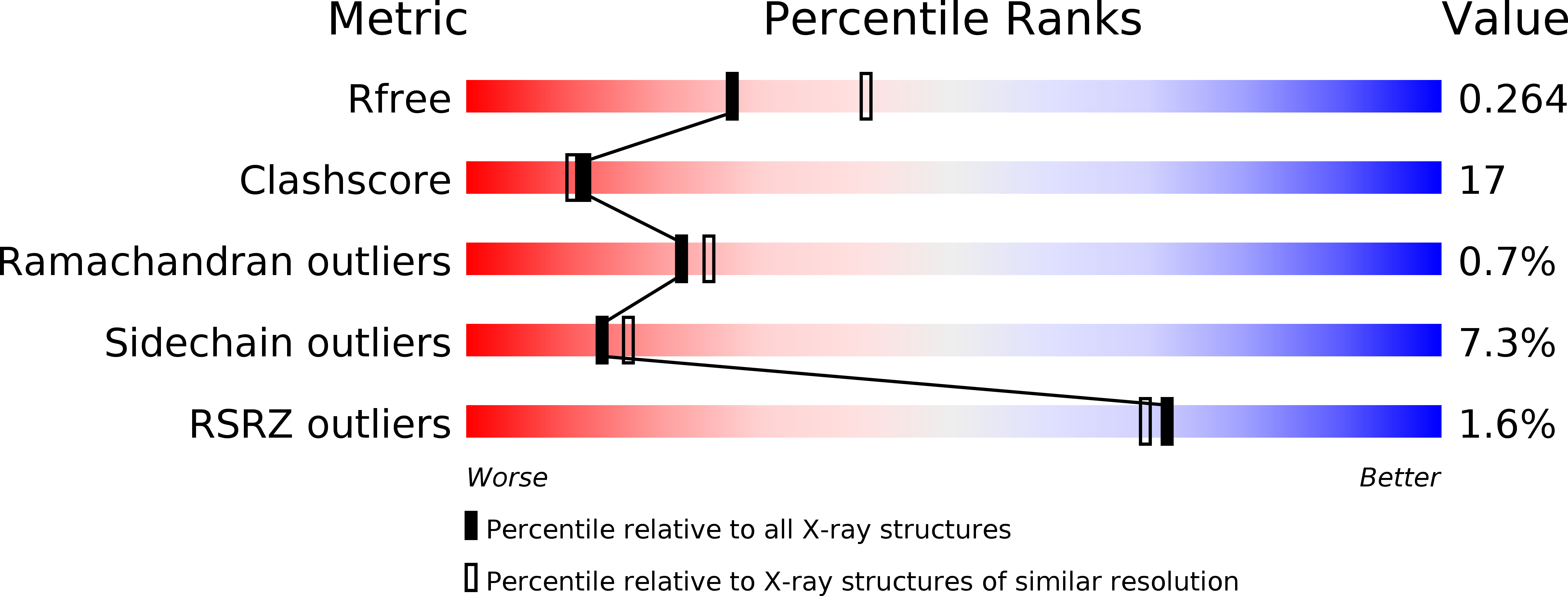
Deposition Date
2003-12-18
Release Date
2004-01-13
Last Version Date
2024-11-06
Entry Detail
Biological Source:
Source Organism:
Pseudomonas aeruginosa (Taxon ID: 287)
Host Organism:
Method Details:
Experimental Method:
Resolution:
2.45 Å
R-Value Free:
0.26
R-Value Work:
0.19
Space Group:
P 41 21 2


